Plant Parenting 101
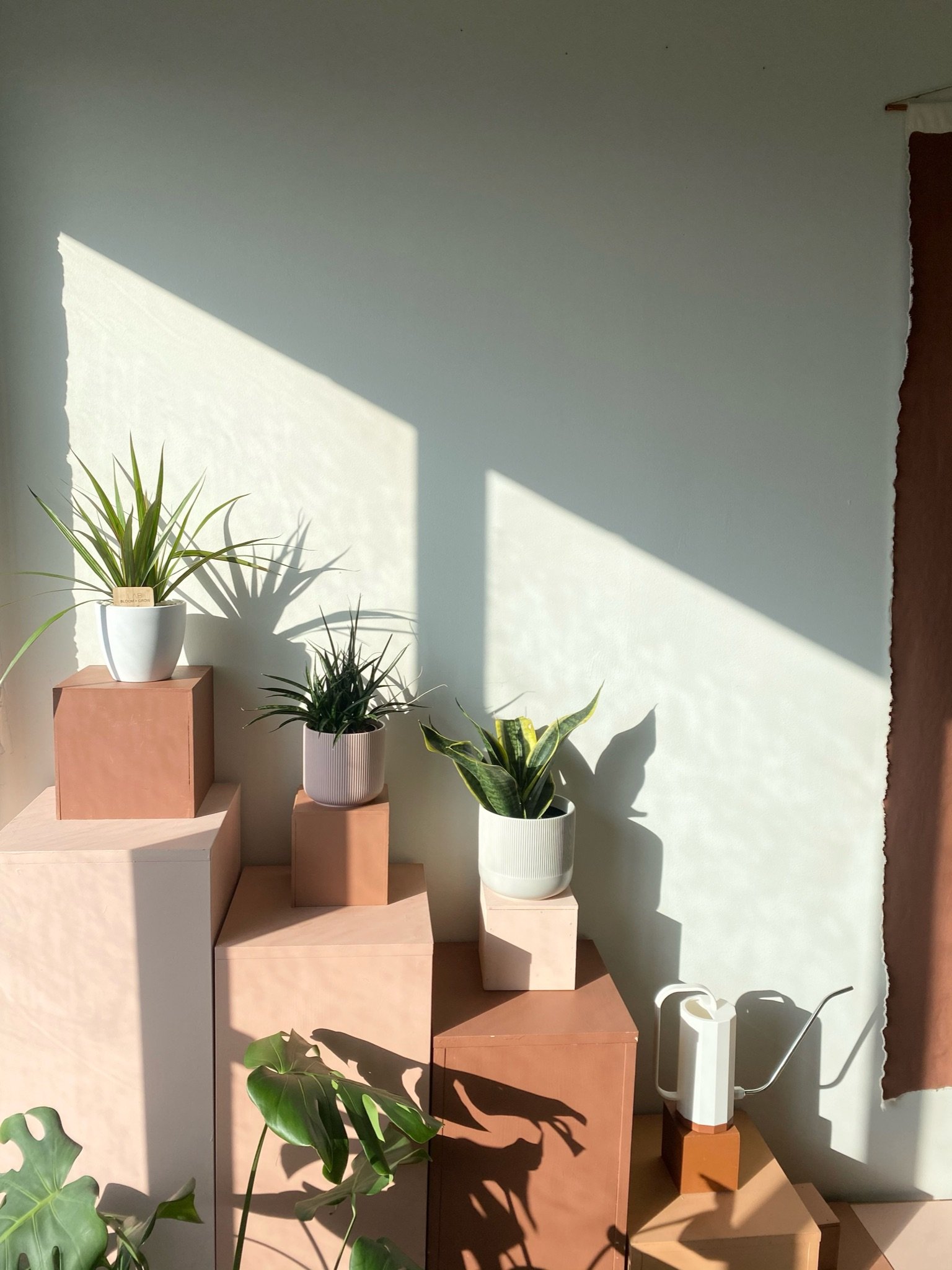
Early adopters of the indoor plant trend, the LAB studio has always had insta-ready plants - always green, always thriving and always basking in the natural light. However, with the team spending more time working remotely rather than in the studio, we needed to make an S.O.S. call to plant expert Moriah from Flame and Flora for some plant tips and tricks to save our studio plants.
Passionate about educating and empowering plant parents everywhere, Moriah was the perfect person to help us navigate the process of identifying our plants, recognizing stress signs, implementing care and rescue strategies and most importantly, tips and tools to help our plants make a studio comeback.
Identifying your plant is one of the MOST important steps in plant parenthood. Once you have identified the plant, it gives you the ability to research the exact care your plant requires. To identify your plant, you can always DM @flameflora with a picture and they can help you identify your plant. You can also type specific descriptive words like vining, variegated, spiky leaves, etc. into Google and look for a matching image to discover the name of your plant. Read specifically what its water, light, and fertilizer needs are and write those needs down or input them into a plant care app.
Meet the official LAB studio plants:
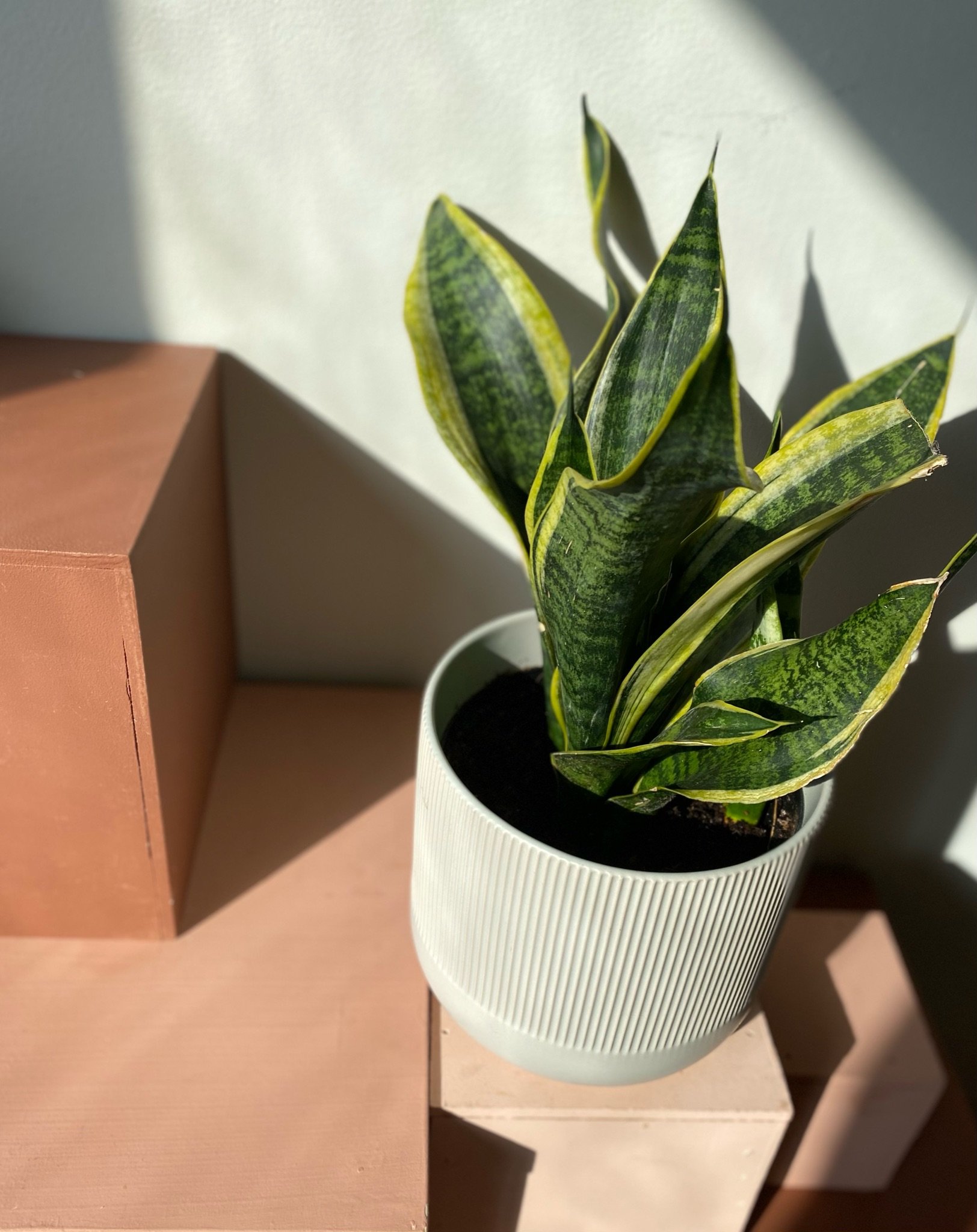
Sansevieria trifasciata
Once a month watering cycle
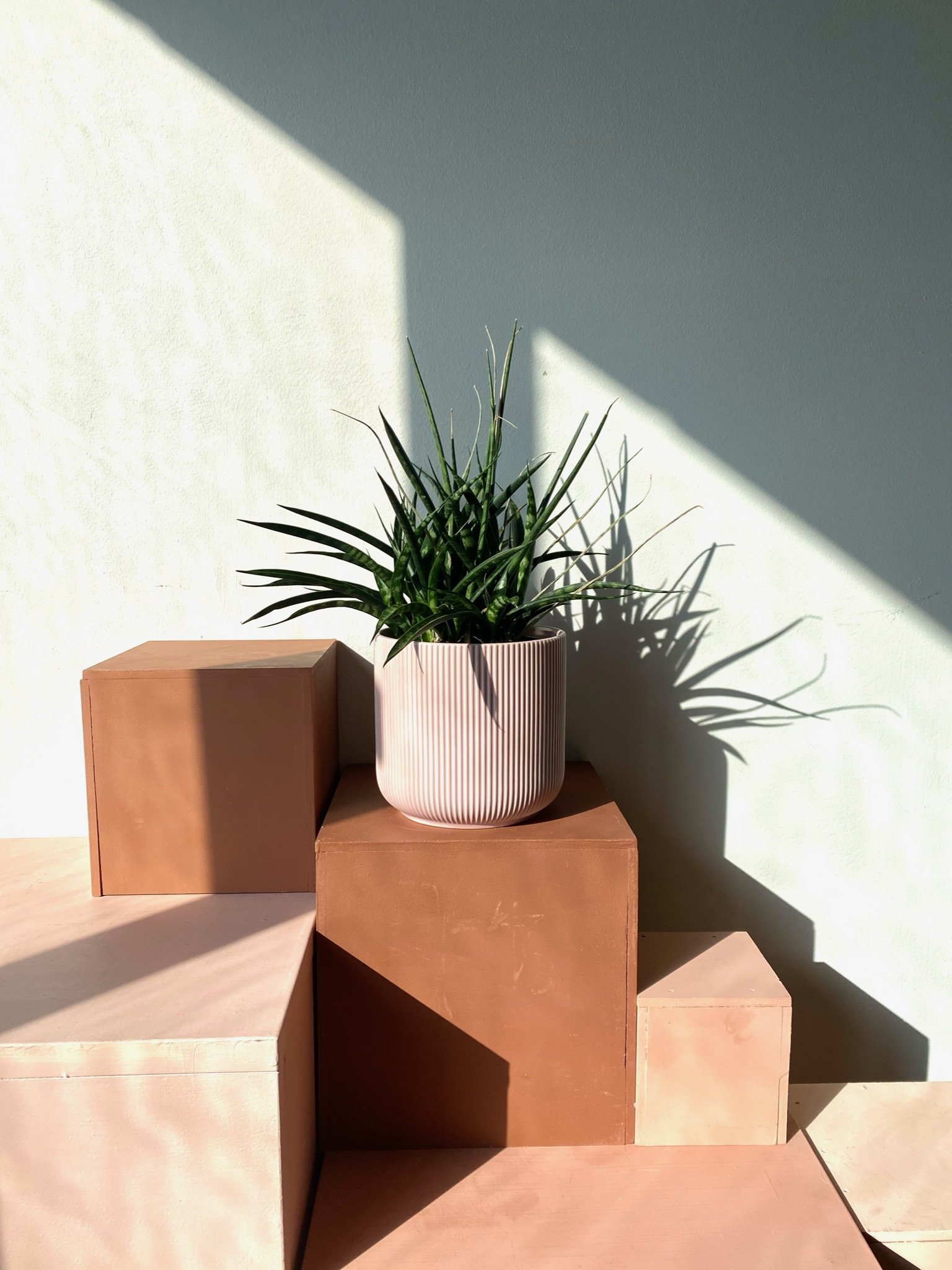
Sansevieria fernwood mikado
Once a month watering cycle
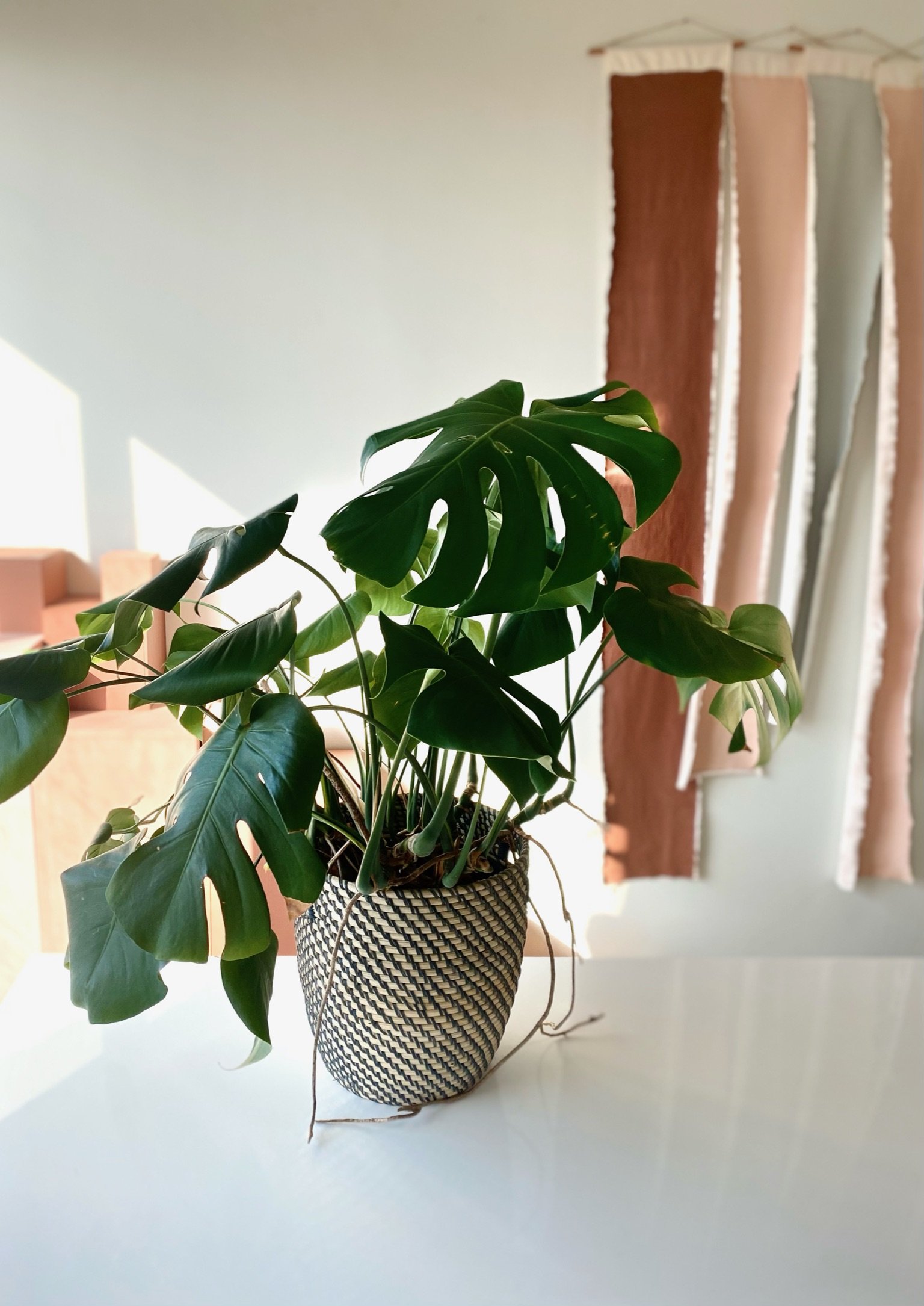
Philodendron monstera
10-14 day watering cycle during growing season
14-21 day watering cycle during fall/winter
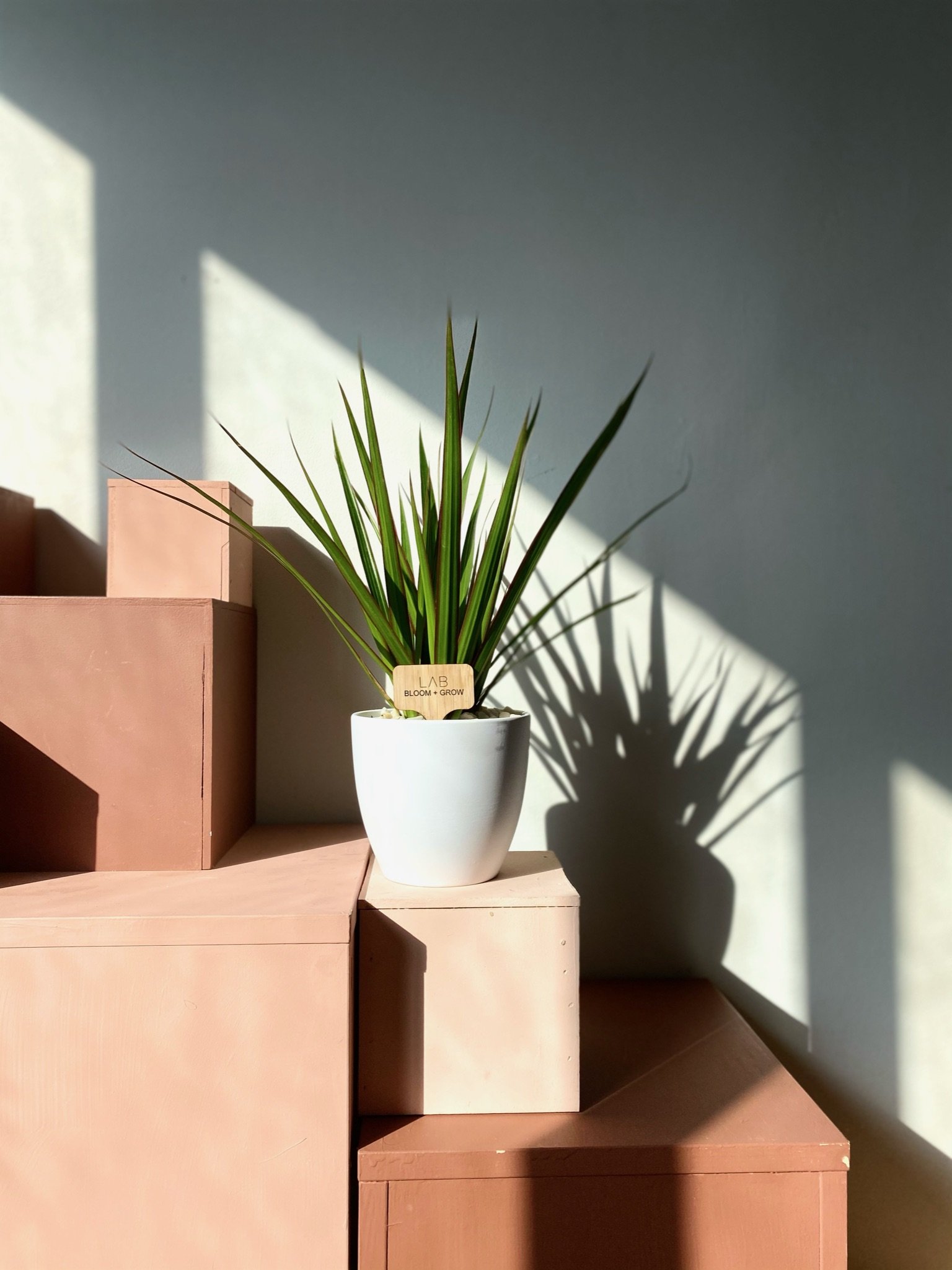
Dracaena marginata
14 day watering cycle
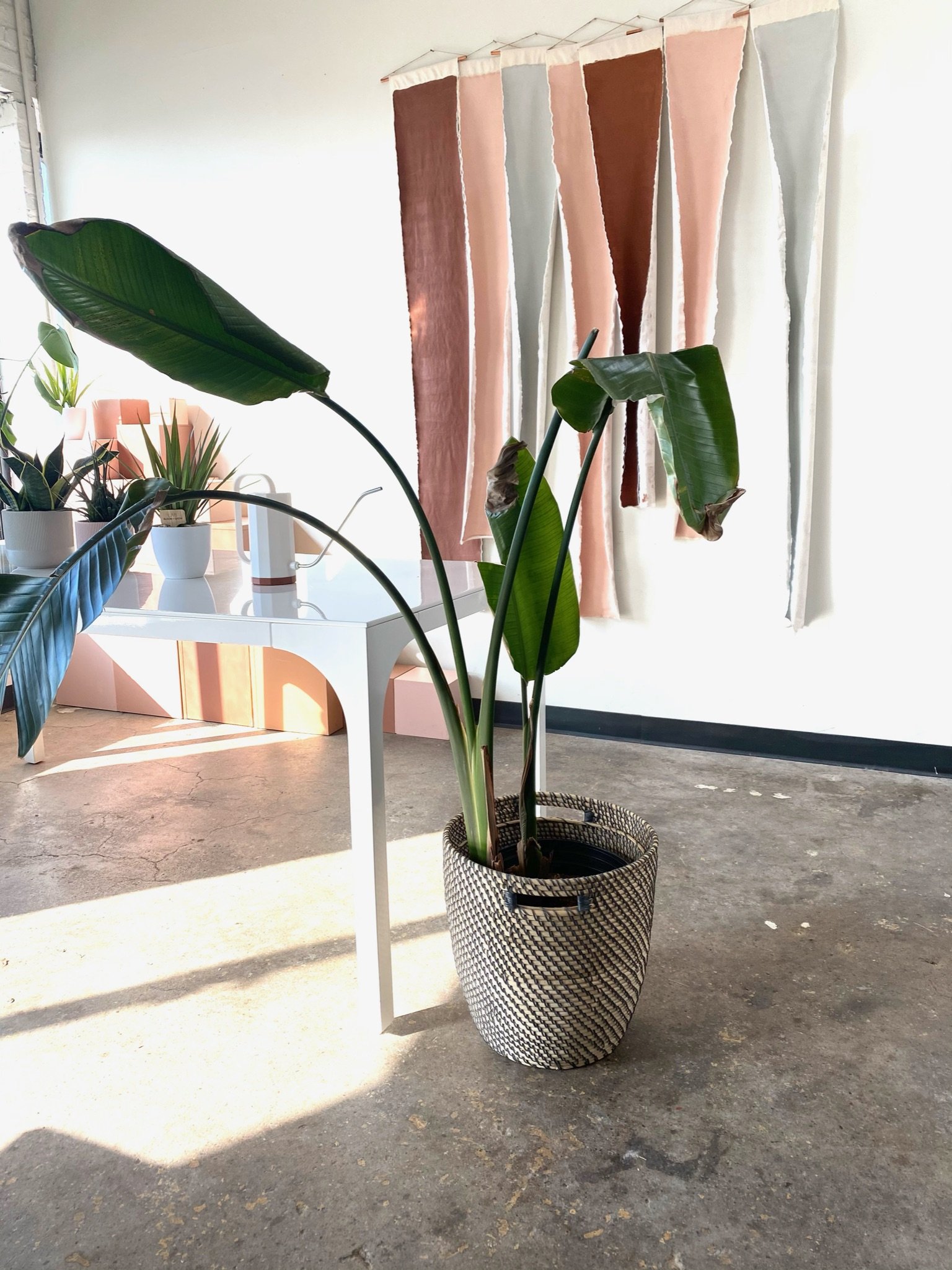
Birds of Paradise
10-14 day watering cycle during growing season
14 day watering cycle during fall/winter
Additional tips + tools:
Stress signs can be different for each plant variety. Moriah shared that there are a few things that should alarm you no matter what plant you see them on. Fine spider webs, white fluffy “mold” on leaves, flies, or little circular scaly insects are ALWAYS a bad sign for your plant. These are all signs that pests have inhabited your plant and you should act immediately to rid your plant of these pests. Research the correct insect removal for the plant and pest you are dealing with. Neem oil and soap and water are often used to remedy pest problems. Brown or yellow leaves can also be a sign that your plant is experiencing stress. Usually more or less water is needed when leaves begin to turn brown or yellow. Evaluate your watering pattern and see if it matches the watering requirements of your plant. Yellow or brown leaves will not revive themselves, so pruning them off is recommended.
With that, don’t be afraid to prune your plant when it’s necessary. Once a leaf begins to brown or yellow, it will not return back to a healthy leaf. It is usually recommended to prune stressed or damaged leaves from your plant so that the plant does not continue to put energy into the dying leaf. To prune, take a sharp pair of scissors and snip the leaf as close to the base of the plant as you can. That’s it!
Repotting needs can be different for each plant. Again, know what kind of plant you have. A general rule for repotting your plant is to do so once a year during spring or summer and go up 2 inches in vessel size.
Plant care apps can be a great way to monitor your instincts to over or under love your plants - and identify them. Some of the most popular include:
With the help of Flame and Flora, we hope this guide helps you as much as it helped us get on the road to nurturing our studio plants back to living their best life. And know it's hard to stop with just one plant! They add color and personality to your space - and truly improve your quality of life. If you are interested in adding to your plant family, check out our local plant collaboration with Flame and Flora, currently available in our shop.
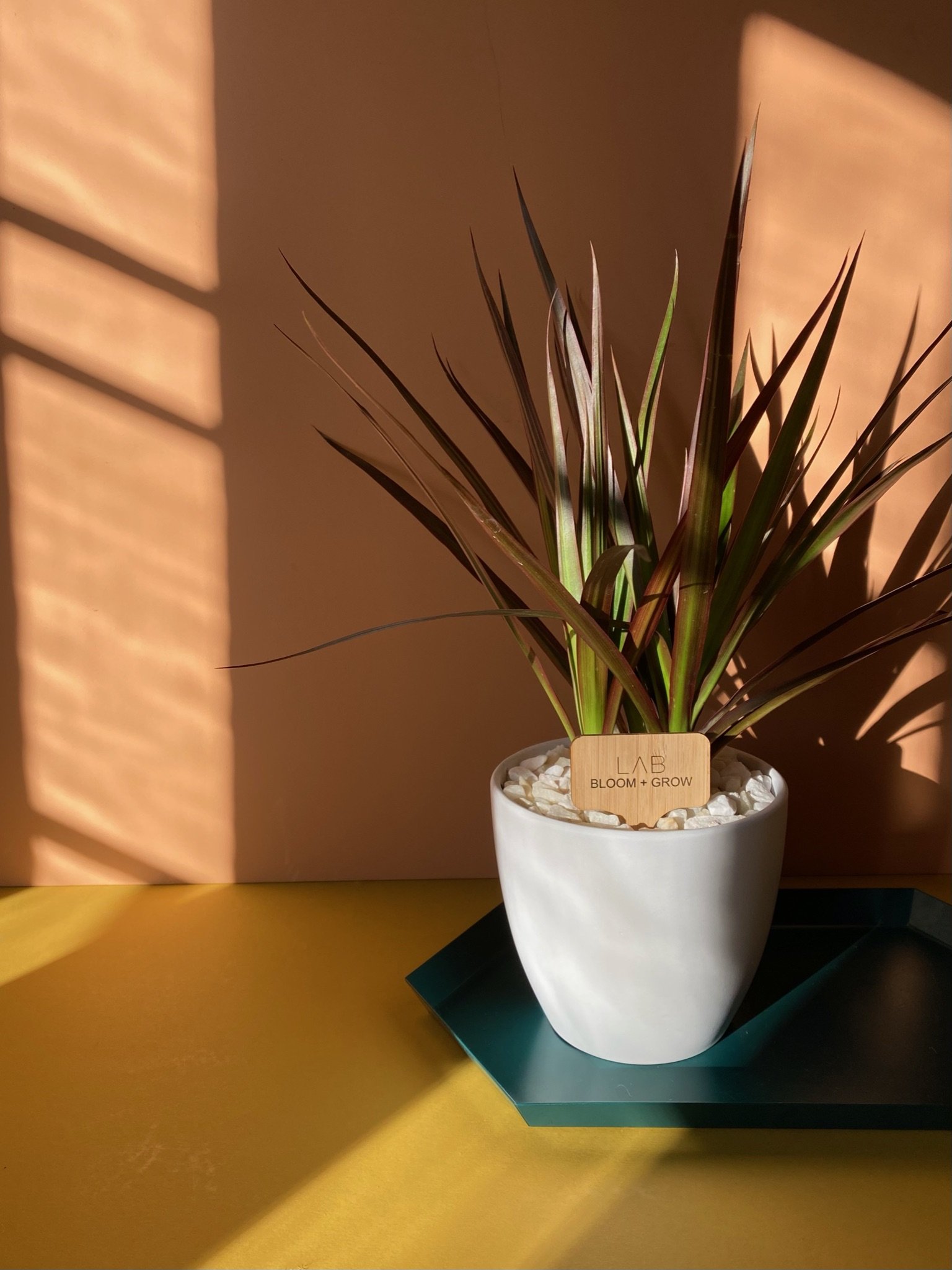
For a recap, view the IG Live of Plant Parenting 101 with Mollie and Moriah.
Flame and Flora is a Minnesota-based, female-owned, small business bringing light and life to your home. Providing local events where our guests create custom candles and pot styled house plants, each event is intended to make way for creativity and cultivate community. Their raw materials are carefully curated to be eco-friendly and safe for your home.
